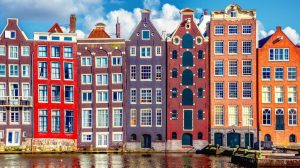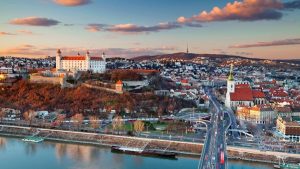
Paris is known for the Eiffel Tower, the Louvre, the Notre-Dame Cathedral, and the Triumphal Arch. Paris is also famous for its abundance of historic landmarks, romantic vibe, the River Seine, stunning boulevards, supreme gastronomy, high-end fashion boutiques, and extravagant nightlife.
Yep, the French capital is one of the most visited places on Earth for a good reason!
On this list, you’ll find 33 amazing things Paris is known for.
From food to fashion, and from museums to coffee shops, discover what Paris is famous for.
Ready to dive into the Parisian lifestyle?
Let’s jump right in!
✅ Note: This article contains affiliate links. In case you purchase something through one of these links, we may receive a small commission at no extra cost to you. Thank you for helping us keep creating the free content on this website!
Popular Attractions Paris Is Known for
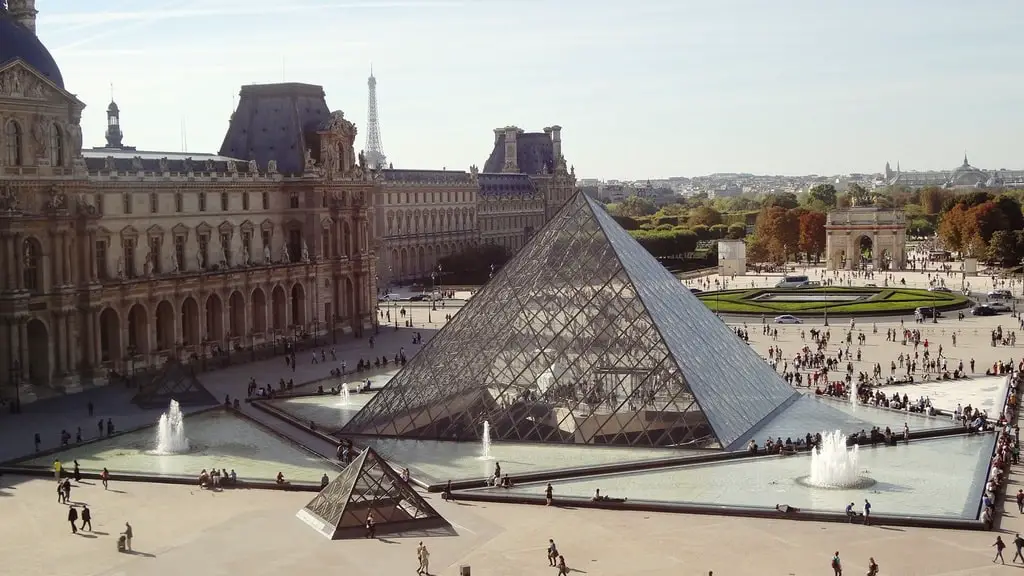
The French capital’s landmarks are among the main reasons why the city is so popular with tourists. Below, you’ll find the top attractions Paris is famous for.
- The Louvre. The largest and most famous art museum in the world is one of the most popular attractions in Paris. In order to grasp just how gigantic the Louvre is, know that you’ll need 30+ days to marvel at every item on display! A whopping 35,000 works of art and 380,000 objects are exhibited in the world’s largest art gallery. One of our best Paris travel tips is to spend no more than two hours roaming the halls of the Louvre if you’re visiting the French capital for just a few days.
- The Eiffel Tower. The world’s most-visited paid monument and one of the most iconic structures in Paris has a controversial past. Nowadays, we can’t imagine the city’s skyline without the wrought-iron tower. However, several plans to dismantle it existed through the years. Luckily, none of them came to fruition. If possible, try to visit the Eiffel Tower just before sunset. This way, you can admire the fantastic view over Paris during day- and nighttime.
- Notre-Dame de Paris. The cathedral used to be the most visited attraction not only in Paris or France but also in Europe. Sadly, a fire on April 15, 2019 damaged the monument greatly and it closed to the public. Restoration works are ongoing and the cathedral should reopen in 2024. But even if you can’t currently enter Notre-Dame, you can still admire its fantastic exterior.
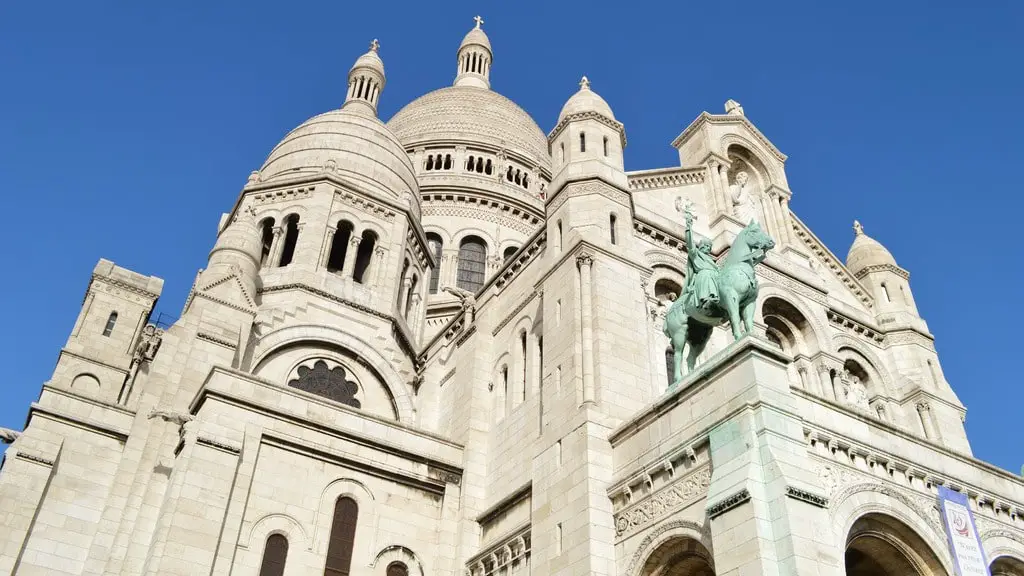
- Sacré-Cœur Basilica. The Roman Catholic basilica sits on the summit of butte Montmartre, Paris’ highest point. Apart from the fantastic panorama of the city, the sight of the white travertine stone basilica will give you goosebumps. The unusual architectural style, the imposing equestrian statues of Joan of Arc and King Louis IX, and the 19-ton bell explain why it is the second most visited monument in the French capital.
- Avenue des Champs Élysées. The 1.2-mile (1.9-kilometer) long boulevard is the most famous street in the world. The six-lane avenue runs between the Place de la Concorde in the east and the Place Charles de Gaulle in the west. At the west end, you’ll find the legendary Arc de Triomphe. Fashion boutiques, luxury shops, theaters, and trendy cafés line the boulevard. Once you’ve strolled down the Avenue des Champs Élysées, you’ll understand why many consider it the world’s most beautiful street.
- The Triumphal Arch. The Arc de Triomphe de l’Étoile stands at the west end of Avenue des Champs Élysées, in the middle of Place Charles de Gaulle. In 1806, Emperor Napoleon commissioned the building in Neoclassical design. You can see four sculptural groups at the base of the Arc, depicting historical scenes of victory, resistance, war, and peace. Visit the top of the monument for fantastic views of the twelve avenues, which start from the Arc.
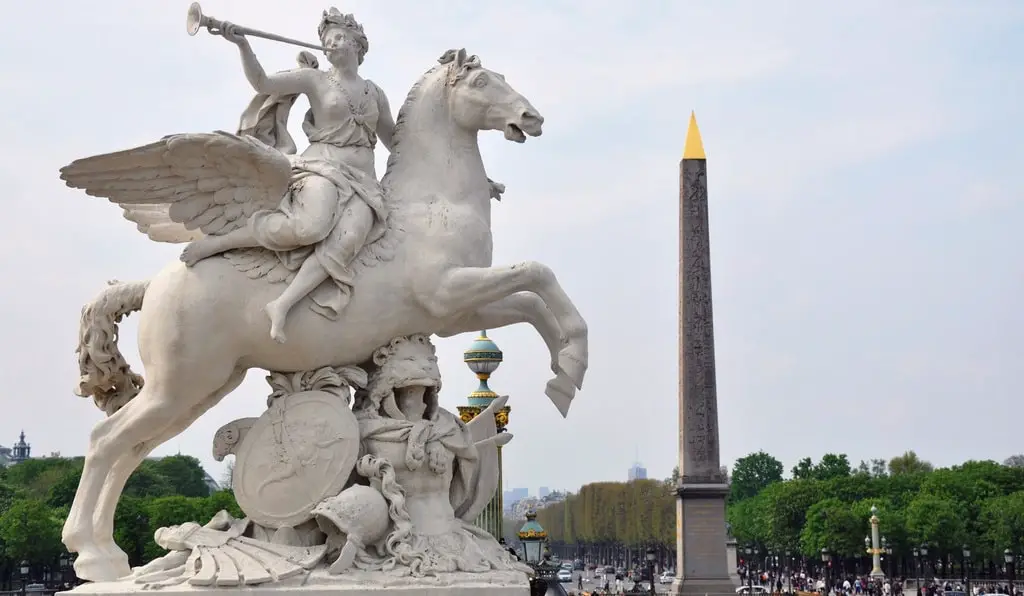
- Tuileries Garden. The famous public park Jardin des Tuileries is one of the favorite places of Parisians where they love meeting, strolling, relaxing, and celebrating. The historic garden was created in 1564. It opened to the public in 1667 after the French Revolution. The park features impressive gates, wide alleys, monumental sculptures, and ornamental lakes with fountains. It also “connects” the Avenue des Champs Élysées to the Louvre.
- The Bridges on the River Seine. Although not as famous as Amsterdam for the number of bridges, the 37 structures spanning over the Seine in Paris are quite stunning. When in the French capital, you should cross the most famous Parisian bridges – Pont Neuf and Pont Alexandre III. One of the most surprising facts about Paris is that Pont Neuf translates to “New Bridge” but is actually the oldest one in the city. It was completed in 1606 and outlived older constructions, which were replaced with modern structures.
- The Parisian Catacombs. The Catacombs of Paris hide the remains of more than 6 million people and have been in use for almost 250 years. In 1786, authorities began filling in the endless halls of Paris’ former quarries with bones because the Parisian cemeteries were overflowing. Nowadays, nobody knows the combined length of the Catacombs. Estimations suggest they stretch for at least several hundred miles. The portion you can visit on a tour of the Catacombs covers 1.25 mi (2 km). You’ll need to climb 200+ steps and go as deep as the equivalent of a 7-story building.
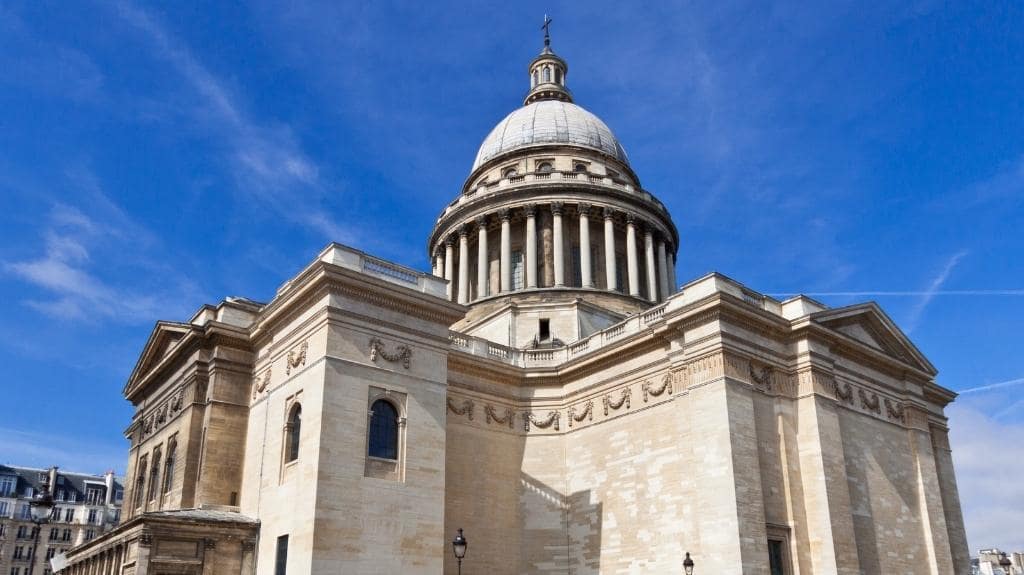
- The Panthéon. The edifice in the Latin Quarter is a mausoleum, keeping the remains of distinguished French citizens. You can visit the tombs of Voltaire, Louis Braille, Jean-Jacques Rousseau, Victor Hugo, Alexandre Dumas, and Emile Zola, among others. In 1851, the famous physicist Léon Foucault conducted a demonstration of diurnal motion at the Panthéon. Today, you can see a copy of Foucault’s pendulum hanging from the ceiling.
- The Statue of Liberty. It’s a well-known fact about New York that the famous Statue of Liberty was a gift from France. However, many people don’t realize that 10 smaller, exact replicas of the statue exist in France. Five of them are in Paris. You’ll discover the largest of them on an artificial island in the River Seine called Île aux Cygnes.
- Free admission to museums and galleries. Tons of Parisian attractions offer free entrance. Many museums and galleries have free admission all year round for their permanent collections. On top of that, on the first Sunday of the month, all major attractions in the city are free. And if you fall into one of the special-category visitors, you can also enjoy free entrance almost anywhere in Paris. These groups include young people, teachers, journalists, tourism professionals, job seekers, disabled and war veterans, and their attendants.
The Food Paris Is Famous For
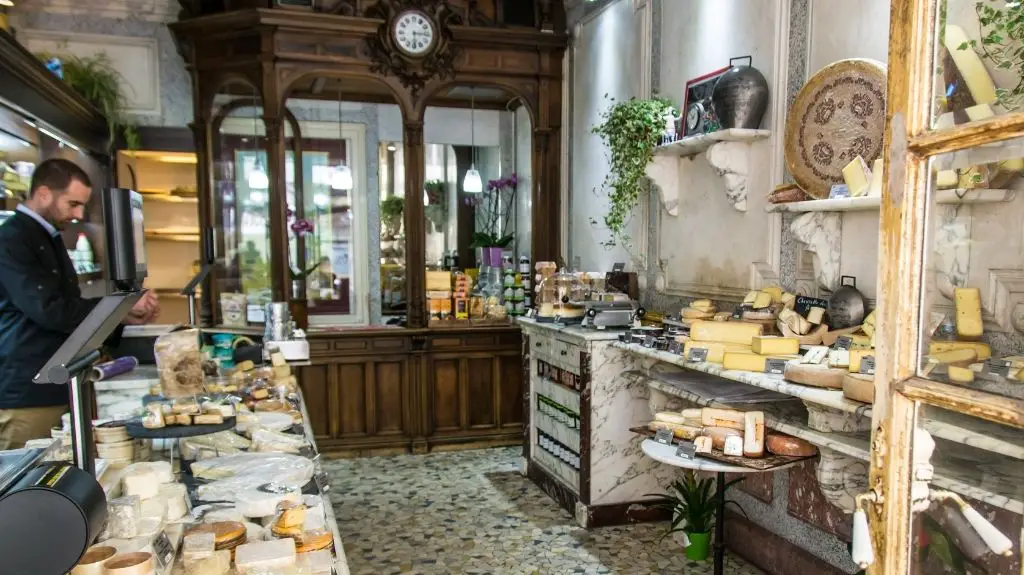
French cuisine is beloved and popular worldwide. When exploring the capital, make sure you sample at least half of the dishes Paris is known for.
- Baguettes. You can eat the famous French bread everywhere in Paris. And here’s a funny thing to know about it. All Parisian bakers need to follow The Bread Decree. It features specific rules and requirements regarding the exact size and consistency of baguette dough. No wonder it tastes so divine!
- Cheese. No cheese lover should leave Paris without trying some of the most famous varieties worldwide. You’ll find more than 1,000 types of cheese in the French capital. Join a wine and cheese tasting tour to learn all about the local sorts and put an end to your fromagerie dilemmas.
- Escargots. Snails taste like a cross between fish, chicken, and mushrooms. They also take on the flavor of the butter, garlic, and herbs they’re cooked in. The end result is a heavenly delicious dish, which you should definitely try in Paris.
- Oysters. The salt-water mollusks are a great appetizer and a powerful aphrodisiac. If you decide to sample them on your French trip, beware that they’re in season from September until April.
- Frog legs. Parisians reserve this exquisite dish for the holidays. However, since you’re on vacation, you should try cuisses de grenouille in Paris. The frog parts used are the hind legs with the lower part of the back. In taste and texture, the meat resembles a young, juicy chicken. You can eat the dish the same way you’d devour chicken thighs.
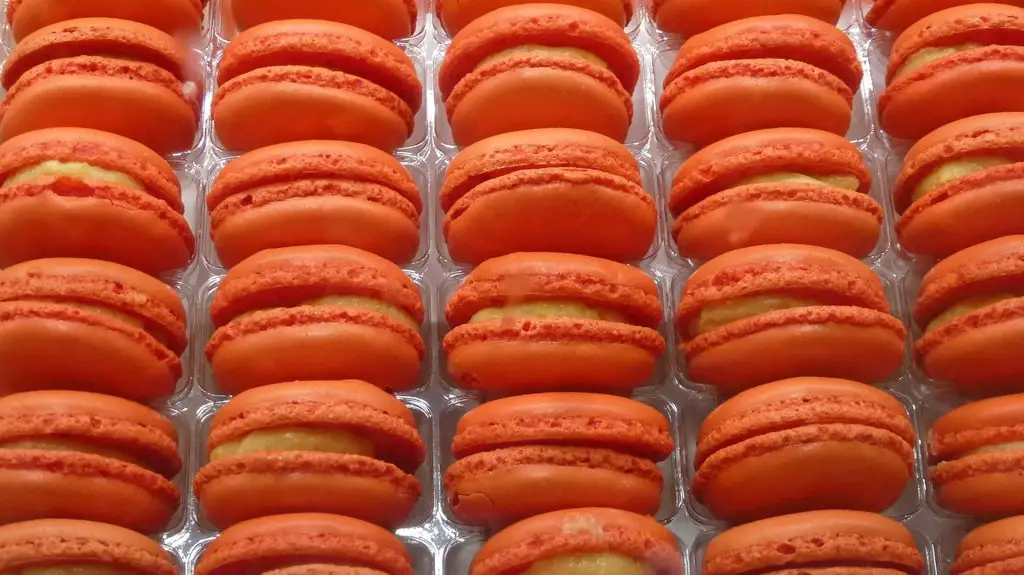
- Foie gras. Restaurants in Paris serve the duck or goose liver whole or as a mousse, parfait, or pâté. Foie gras and pear jam is a combo made in heaven. Will this be your heaven – we’ll leave it up to you to decide.
- Onion soup. The caramelized onions, boiled in beef stock or broth, taste especially good on a cold day. Richly topped with cheese, this soup is so comforting it might quickly become your favorite French dish.
- Coq au vin. The “rooster in wine” stew features crispy chicken pieces on the bone, cooked in wine. Typically, that’s red Burgundy. The result will skyrocket your taste buds into seventh food heaven.
- Bœuf Bourguignon. Similar to coq au vin, this beef stew consists of chunks of meat simmered in a wine gravy. Mushrooms, carrots, and onions also join in the pot. The result is so tender, juicy, and flavorful, countless chefs have declared Bœuf Bourguignon their all-time favorite dish.
- Macaroons. If you’re a sugar worshipper and you’ve tried macaroons at home, don’t miss the ones in Paris as they are the REAL deal. Your sweet tooth self will be forever grateful for the decadent, colorful treat.
- Food markets. We can’t discuss French cuisine without talking about food markets. Unsurprisingly, Paris hosts the biggest wholesale food market in the world. The size of Rungis International Market is mind-bending. The famous marketplace covers a gigantic area of 6 sq. mi (15.5 sq. km). Estimates suggest its vendors sell over 2 million tons of fruit, veggies, fish, and dairy products every year.
The Parisian Lifestyle That Makes the French Capital Iconic
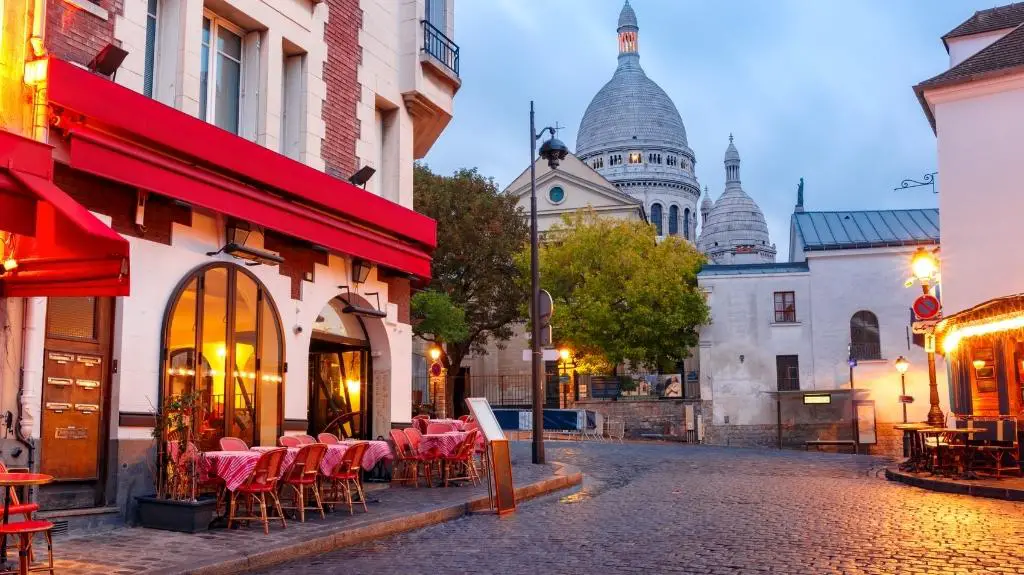
From the fusion of architectural styles to the cultural heritage, and from the famous people to the eclectic nightlife, discover what defines the iconic Parisian lifestyle.
- Top-notch restaurants. The capital city of France prides itself on more than 9,000 restaurants and approximately 1,800 bakeries. The world-famous Le Guide Michelin has listed 70 of these establishments. What’s even more impressive is that 10 Parisian restaurants have all three Michelin stars. The crème de la crème include Le Pré Catelan, Pierre Gagnaire, Arpège, and L’Ambroisie.
- Cafés. Paris has one of the oldest coffee cultures on the planet. The first café in the world opened its doors way back in 1686. You can therefore call the city The Cradle of Coffee Shops. The historic Le Procope café is located in the 6th arrondissement. It paved the way for coffee shops as we know them today.
- Terraces. In addition to coffee culture, there are nearly 17,000 coffee terraces in Paris. The practice known as être en terrasse (“sitting on a terrace”) is a peculiar part of the Parisian culture. People who don’t own a terrace at home use the coffee terraces to socialize. Hundreds of Paris cafés offer inexpensive espresso on their terraces, including the famous Le Caminito Cabaret, Cardinal Saint-Germain Café, and Le Bistrot du Chai 33.
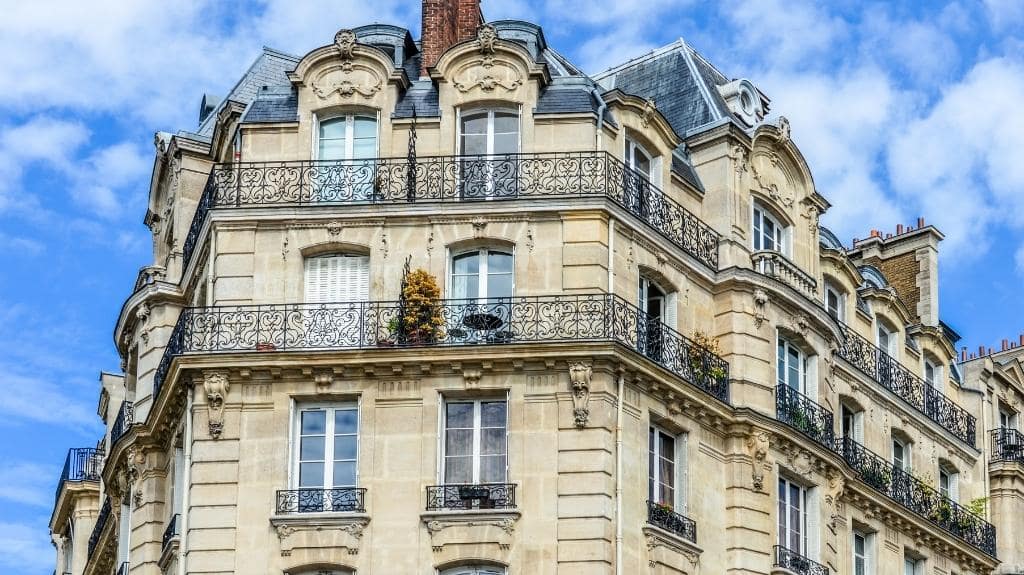
- Architecture. The French capital hosts important examples of every architectural period between the Middle Ages and today. You can see iconic monuments of the French Renaissance, Classical revival, Flamboyant, Belle Époque, and Art Nouveau styles. Paris is also the birthplace of Gothic and Art Deco architecture.
- Cultural heritage. Paris became the hotspot for art, science, and architecture during the French Renaissance. The capital city was the scene of intellectual and cultural revolutions during the 16th century. As a result, new architecture trends settled in. This period saw the construction of the Tuileries Palace and the Louvre.
- Home to world-renowned artists. Paris was home to some of the most famous artists in the world. Numerous influential people have roamed the Parisian streets. The City of Lights inspired legendary figures such as Ernest Hemingway, Salvador Dali, Pablo Picasso, Henri Matisse, James Joyce, and Jean-Paul Sartre.
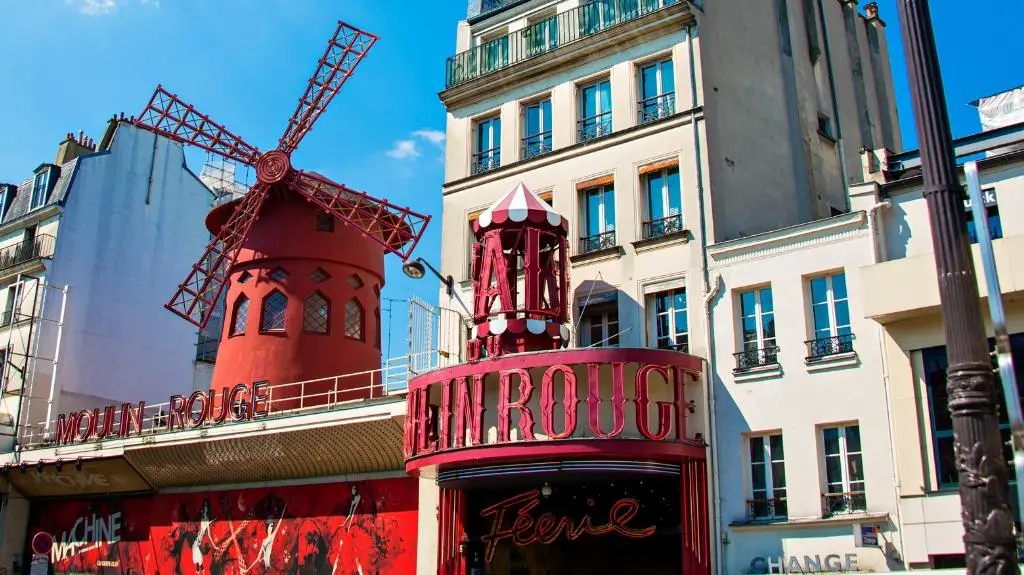
- Parisian fashion. Considered one of the Big Four fashion capitals of the 21st century, Paris has a long-lasting tradition in setting trends in the world of design. The French capital established itself as Europe’s main fashion center in the 17th century. Through the ages, the city played a major role in inspiring creative minds and provoking the public. Paris is home to countless famous designers, including Chanel, Chloé, Christian Dior, Givenchy, Pierre Cardin, Louis Vuitton, Yves Saint Laurent, and Jean Paul Gaultier.
- Cabarets. The extravagant music shows accompanied by dinner or drinks are a staple of Parisian nightlife. The provocative spectacles seduce your senses with cheerful tunes, erotic moves, and glitzy costumes. Don’t miss spending an evening at the iconic Moulin Rouge when in Paris.
- The City of Lights. There are two explanations for the French capital’s famous nickname. The first reason is that the city was among the first in the world to introduce streetlights. The second one stems from the efforts of Louis le Grand (Louis the Great, a.k.a. the Sun King) to enlighten the masses and restore law and order in Paris in the middle of the 17th century.
- Artistic neighborhoods. Paris continues to inspire artists and creative minds. You can best experience the vibrant fusion of architecture, arts & crafts, wall murals, and street performances in the Parisian artistic districts. They also offer amazing spots to enjoy the famous coffee culture and the extravagant nightlife. Among the most popular arrondissements are Le Marais, Montparnasse, Belleville, Montmartre, and the Latin Quarter.
How Many of the Things Paris is Known for Did You Already Know?
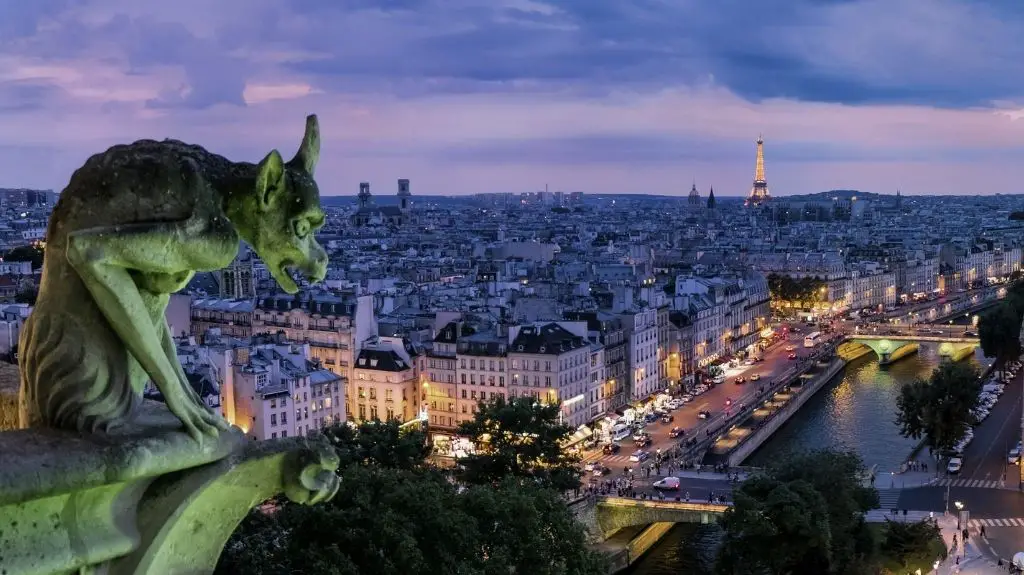
There you have it – the top 33 things Paris is known for.
The French capital will seduce you with its stunning landmarks, wide boulevards, scrumptious delicacies, and heart-pumping entertainment.
To make the most of your trip, don’t forget to check our Paris travel tips.
Now, we’re eager to learn:
What’s the first association that comes to mind when you hear Paris?
Share your thoughts in the comments below.




